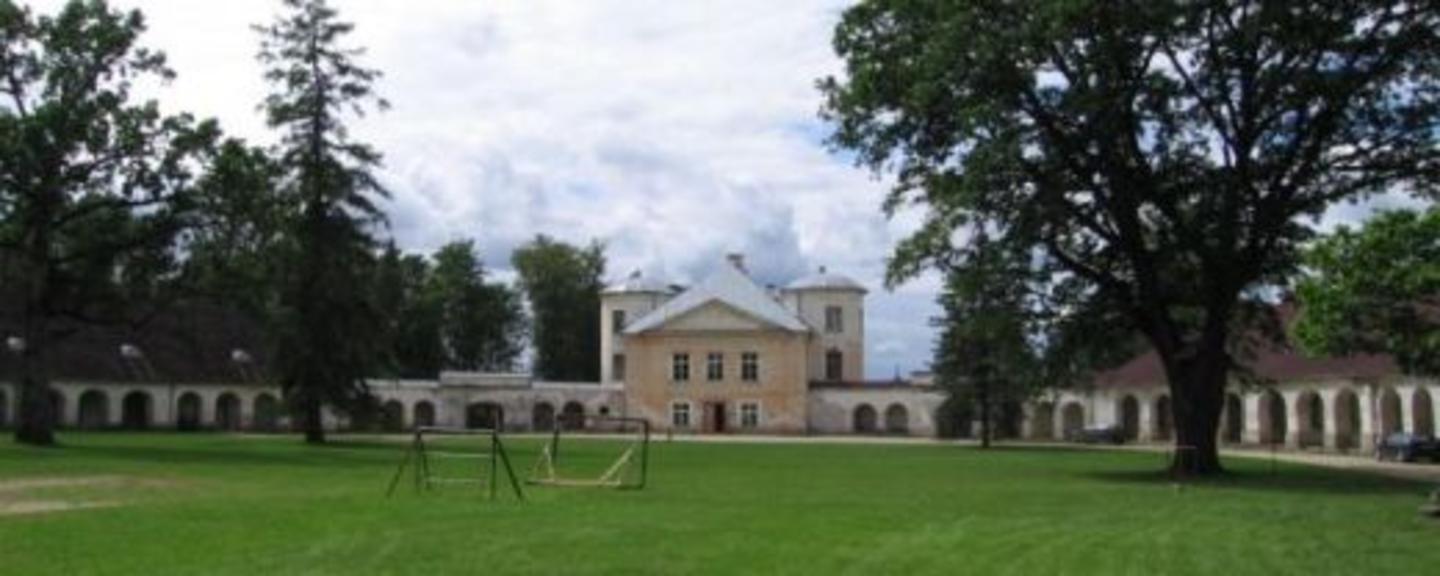After being derelict for almost a century, Kiltsi manor, located in north-eastern Estonia, will now be renovated to enable the building to remain in use as the local community's public school. The manor repair was put on a fast track in November 2007, when the municipality was awarded a €1.1 million grant from Norway to its €1.36 million project aimed at restoring the building to its former glory.
Ruin and decay
Kiltsi manor house was built in the 1790s on top of the ruins of a 13th century fortification. At the heyday of the manor houses, Estonia boasted close to 2000 manors across the country. But, over the last century, most of these unique buildings fell into decay and ruin. Today only a third of the houses remain, largely due to having been in use as school buildings since the 1920s. While the schools might have saved the buildings from total decay, the local municipalities never had the means to restore the often exquisite interiors or even the façades.
New gym
At the Kiltsi manor a crumbling roof, cracks in ceilings and walls, worn out floors, poorly isolated windows and moisture damage have for decades hampered the school's social life. Now, the building's medieval foundation, façade and interior are up for a complete revamp. In addition to preserving an important cultural monument, the teaching and learning conditions will significantly improve. Upon completion, the school's physical education classes can be moved from the hall to the new gym, new rooms for hobby group activities and recreation will be put to use, and the teachers will have a renovated common room.
Baltic-German nobility
Although a relatively small manor, the long list of previous owners of the Kiltsi manor is an excursion through Baltic-German nobility - von Gilsens, Uexkülls, Zoegas, Manteuffels, Rosens, and von Benckendorffs. The most honoured among the previous owners is Adam Johann von Krusenstern, an admiral of the Russian Empire that led a voyage around the world in 1803-1806. The project also includes an establishment of a heritage museum of A.J. Krusenstern.
Read further projects facts by running a search for EE0029 in the EEA and Norway Grants project database.
